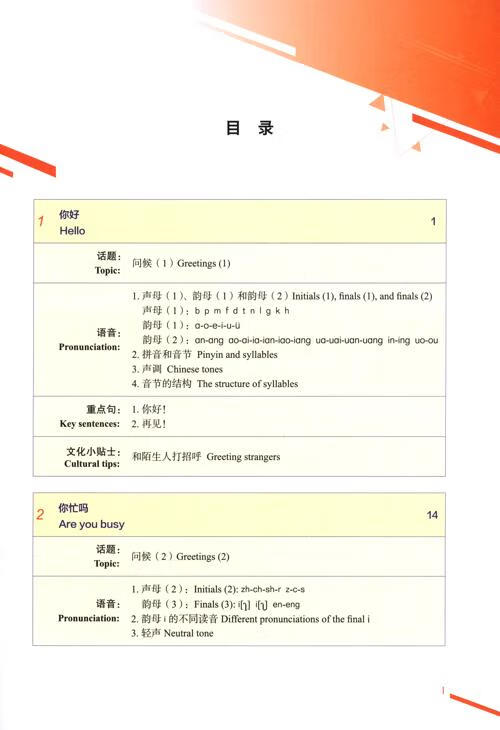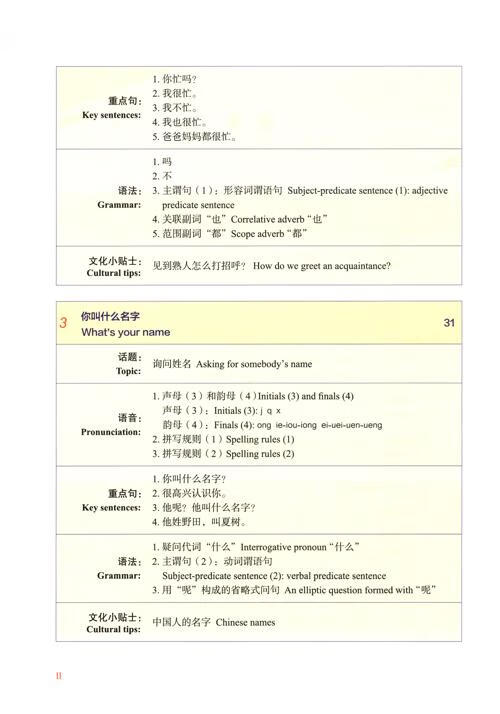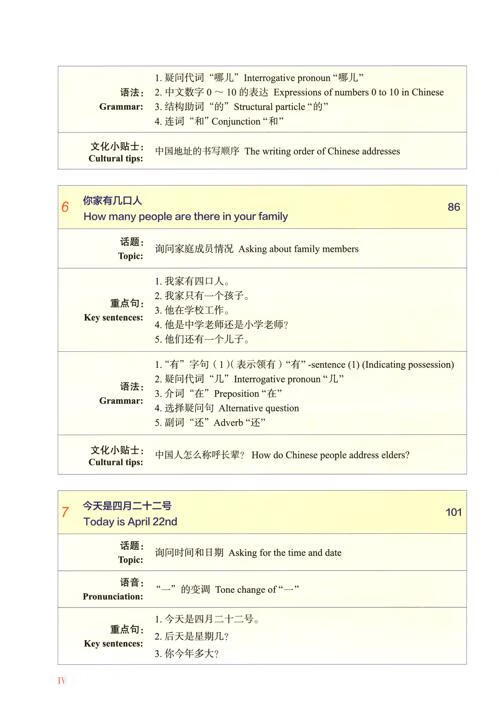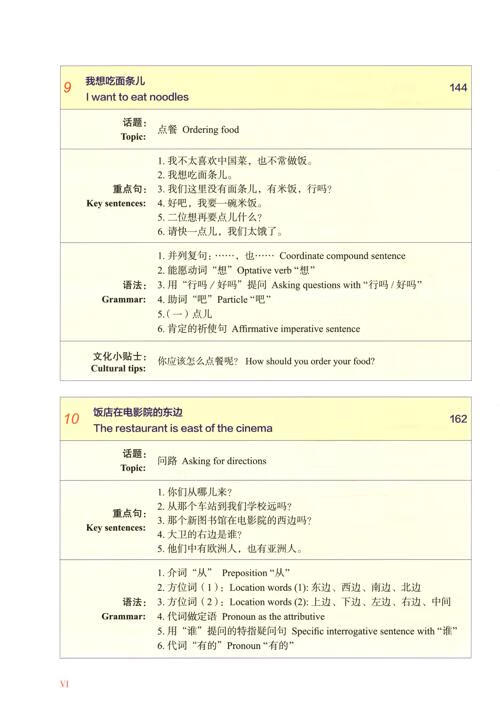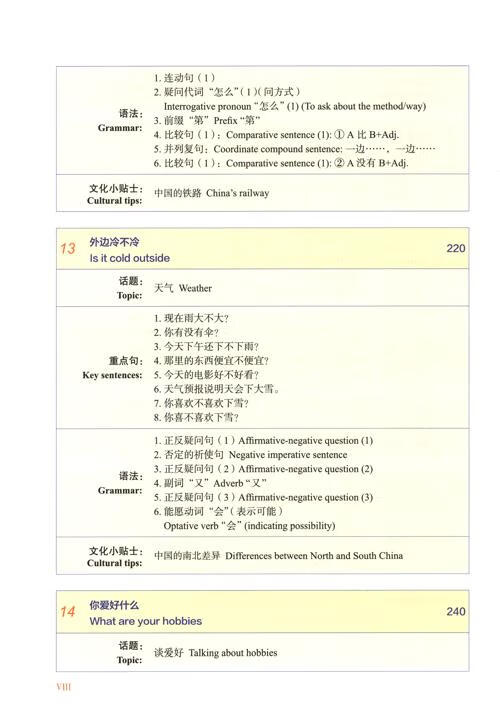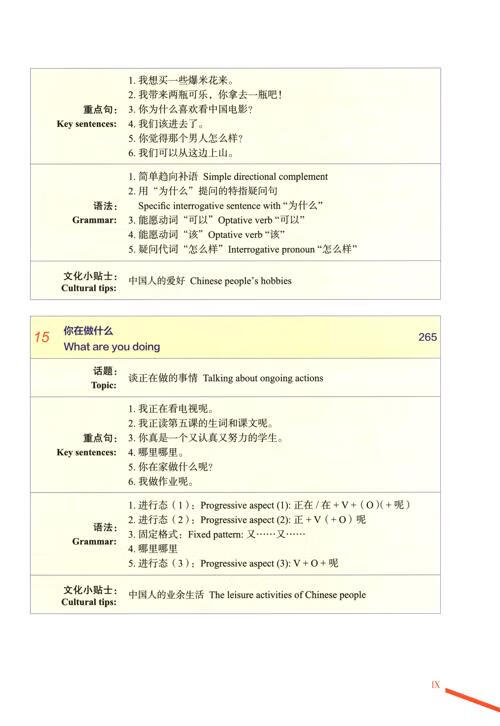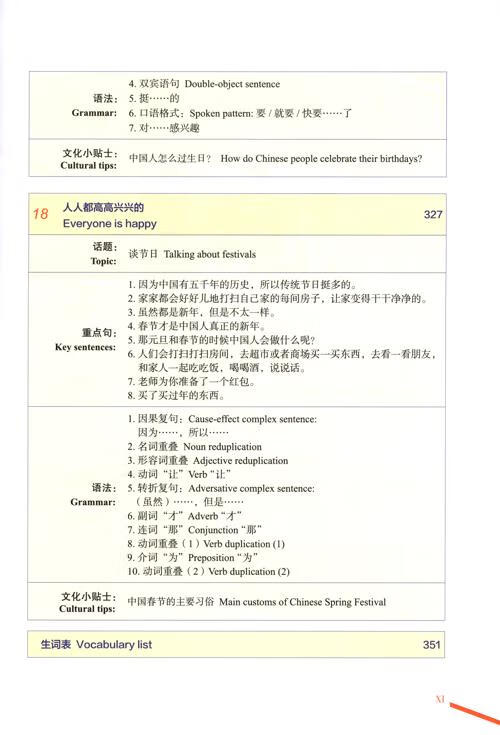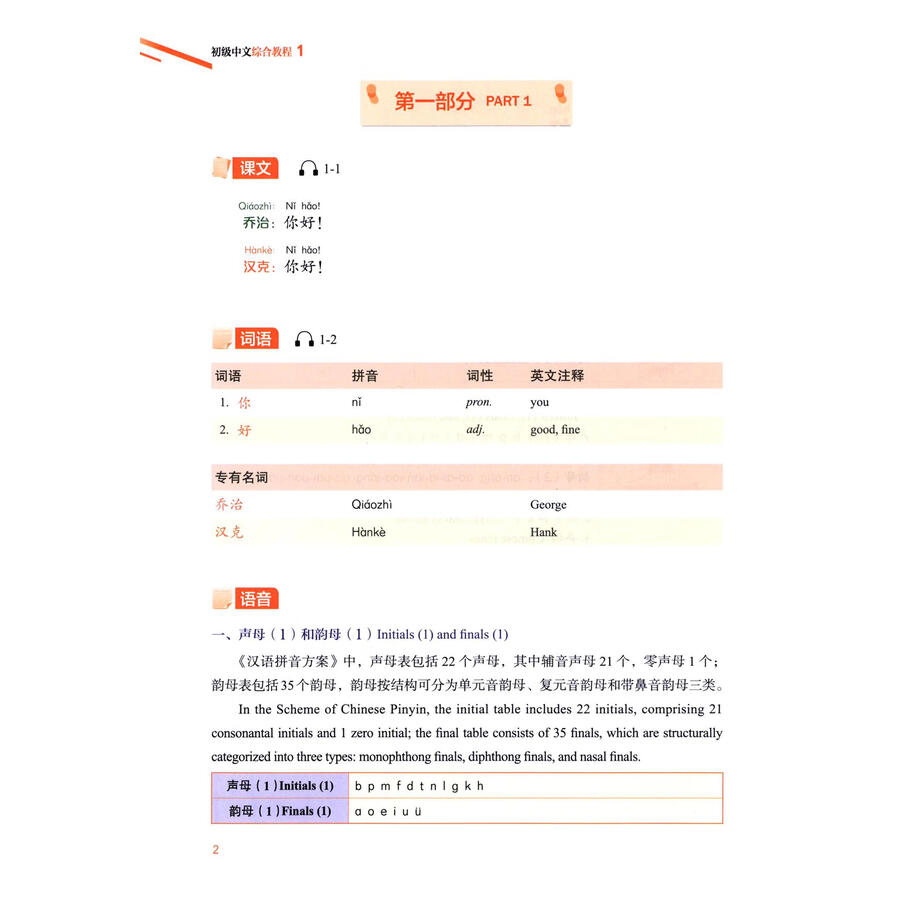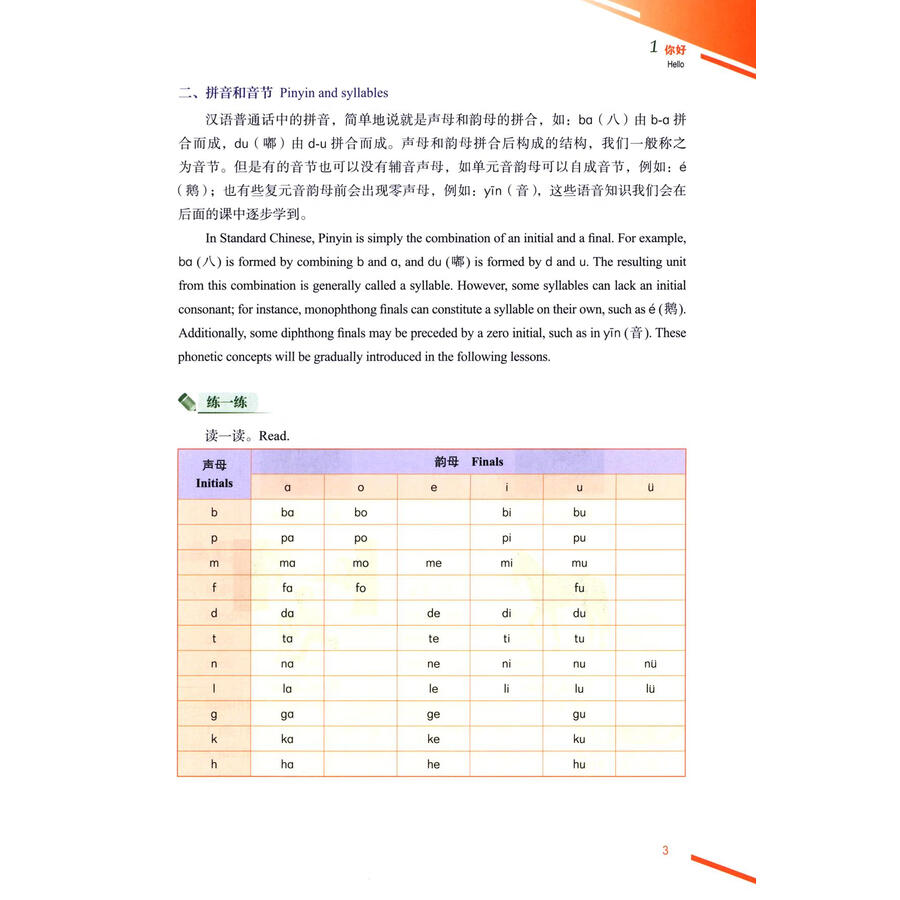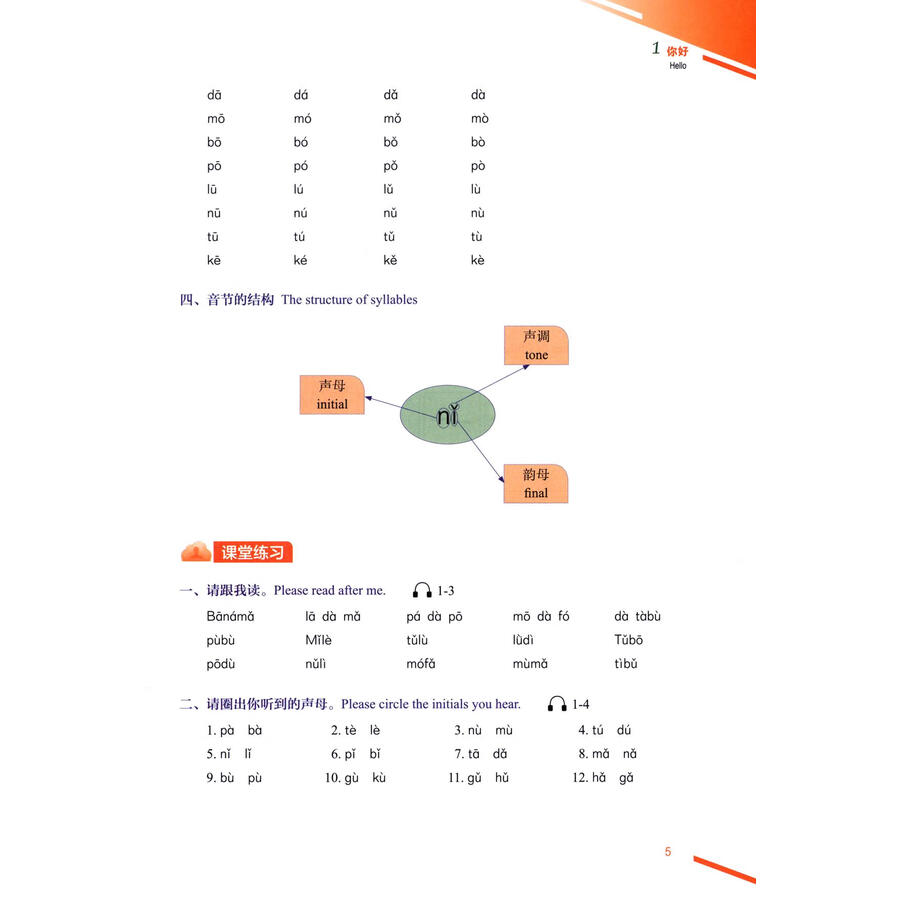Home ::
new ::
Elementary Chinese Comprehensive Course 1
Details
The “New Standard Chinese Undergraduate Series” is a set of Chinese undergraduate textbooks based on the Chinese Proficiency Grading Standards for International Chinese Language Education, adhering to the integration of “structure-function-culture” and upholding comprehensive quality training featured “language + professionalism” throughout. Aiming at better meeting the needs of Chinese language teaching for international students coming to China for undergraduate studies under the new standard, this series is based on the concepts of “diversification, three-dimensionality, innovation and intelligence”, and is mainly tailor-made for international students coming to China for undergraduate studies in Chinese language. Meanwhile, it can be used in relevant training courses at home and abroad, and meet the learning needs of long-term advanced students and self-taught learners coming to China to study Chinese. The whole set is divided into three levels (elementary, intermediate and advanced) and two sequences (horizontal and vertical). The horizontal sequence is divided into four major sections, including Chinese language skills and knowledge, cultural knowledge, translation between Chinese and foreign languages, and business Chinese, while the vertical sequence is based on comprehensive teaching materials, supplemented by teaching materials for listening, speaking, reading and writing skills, which are used throughout the first to the fourth year of undergraduate education, so that the ratio of general skills courses with professional skills and knowledge courses at all levels can be balanced to ensure that students can obtain in-depth and balanced learning effects at all stages of study.
Elementary Chinese Comprehensive Course is a series of textbooks for elementary-level comprehensive language courses, divided into 4 volumes. This book is Volume 1.
Elementary Chinese Comprehensive Course Ⅰ consists of 18 lessons. Each lesson comprises several key sections, including Lesson Learning Focus, Text, Vocabulary, Phonetics, Grammar, In-Class Exercises, and Cultural Tips. Lessons 1 to 10 belong to the phonetics stage. During this stage, learners will systematically study knowledge related to Chinese phonetics, such as initials, finals, tones, neutral tones, and retroflexion. The in-class exercises of each lesson are designed to target the phonetic knowledge taught in that lesson, covering training in listening, speaking, reading, and writing. Lessons 11 to 18 fall into the grammar stage. Here, learners will systematically learn the Level 1 grammar points and some Level 2 grammar points from the Grading Standards.
About the Author
Zhang Hao, the chief editor, is a professor, doctoral supervisor, and dean of the College of International Chinese Studies, Beijing Language and Culture University (BLCU). Having been engaged in teaching Chinese as a foreign language for more than 30 years, Professor Zhang has taught in overseas universities in the United States and Canada for nearly 10 years, and has travelled overseas as an expert of Hanban to conduct Chinese teacher training for many times. Her research mainly focuses on Chinese language teaching and cultural communication studies. She has published more than 30 papers in core journals and 6 monographs, and has presided over and participated in 7 provincial and ministerial projects. Professor Zhang has been awarded the Beijing Higher Education Teaching Award and the Beijing Teachers’ Virtues Pioneer Award. As the person in charge, she has declared and won the evaluation of national first-class undergraduate programmes, national first-class courses, Beijing excellent nurturing team, Beijing key first-class majors and so on.
Editorial Review
(I) Integration of Systematicity and Targeted Design
As part of the textbook series, this course aims to build a bridge for learners from zero proficiency to the elementary level, following the principle of progressing from easy to difficult in a step-by-step manner.
1. Systematicity
(1) Vocabulary selection: It mainly adopts Level 1 and Level 2 vocabulary from the Grading Standards, with a small number of Level 3 and Level 4 vocabulary included. The vocabulary size starts at fewer than 10 words per lesson and increases gradually, laying a solid foundation for elementary-level learning.
(2) Grammar point selection: It covers grammar items from Level 1 to Level 2 of the Grading Standards, including word classes, phrases, fixed structures, sentence components, sentence types, and emphasis methods.
(3) Repetition of vocabulary and grammar points: Respecting the law of the forgetting curve, special attention is paid to the repetition of vocabulary and grammar points during compilation.
2. Targeted Design
(1) Learner-centered approach: It meets learners’ learning needs and goal requirements, fully reflecting the realistic language environment and conditions of “studying in China”. It takes into account learners’ interests, concerns, and Chinese proficiency, while highlighting the nature of the discipline and the characteristics of comprehensive courses.
(2) Competency-focused training: Beyond focusing on learners’ acquisition of vocabulary and grammar knowledge, it significantly strengthens training in learners’ discourse expression, reading, listening, and speaking abilities.
(II) Integration of Practicality, Interest, and Informational Value
1. Text arrangement: The textbook emphasizes the integration of practicality, interest, and informational value in text arrangement. Based on language structural elements and with functions as the main thread, the editors design dialogue scenarios and compile dialogues to meet learners’ needs for daily communication and preliminary understanding of China. Activity scenarios extend from campus to off-campus, knowledge content expands from basic daily communication to traditional Chinese culture and contemporary China, and topics mainly revolve around essential daily communication.
2. Exercise design: According to different exercise content, the textbook designs various practice forms.
·Simple, closed drills such as “read aloud”, “fill in the blanks with selected words”, “make sentences with given words”, and “rewrite sentences”;
·Semi-closed advanced drills like completing sentences or dialogues with specified words/structures based on contextual scenarios, and “describe pictures in words”;
·Flexible, open expression training including “small surveys” and “answering questions based on real situations”.
(III) Innovative Design of Supplementary After-Class Exercises
In designing supplementary after-class exercises, while valuing closed and semi-closed drills, the textbook also attaches great importance to cultivating learners’ discourse competence. It maximizes the emphasis on training learners’ Chinese listening, speaking, reading, and writing abilities.
Suggestion
This textbook is equipped with supporting courseware, which can be self-accessed in the one-code-for-one-book resource zone under the scratch-off silver coating on the back cover of the book.
This textbook is designed for zero-proficiency learners, short-term Chinese language program participants, and learners at home and abroad who take Chinese as a major or an elective course, covering one semester of study. It is recommended that 8 to 10 class hours (with each class hour being 50 minutes) be allocated on average to complete one lesson.
